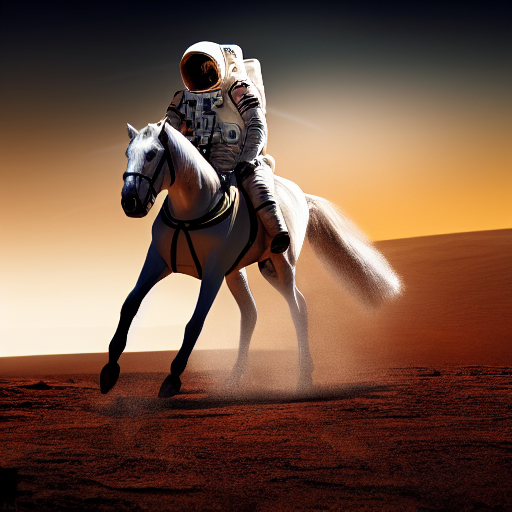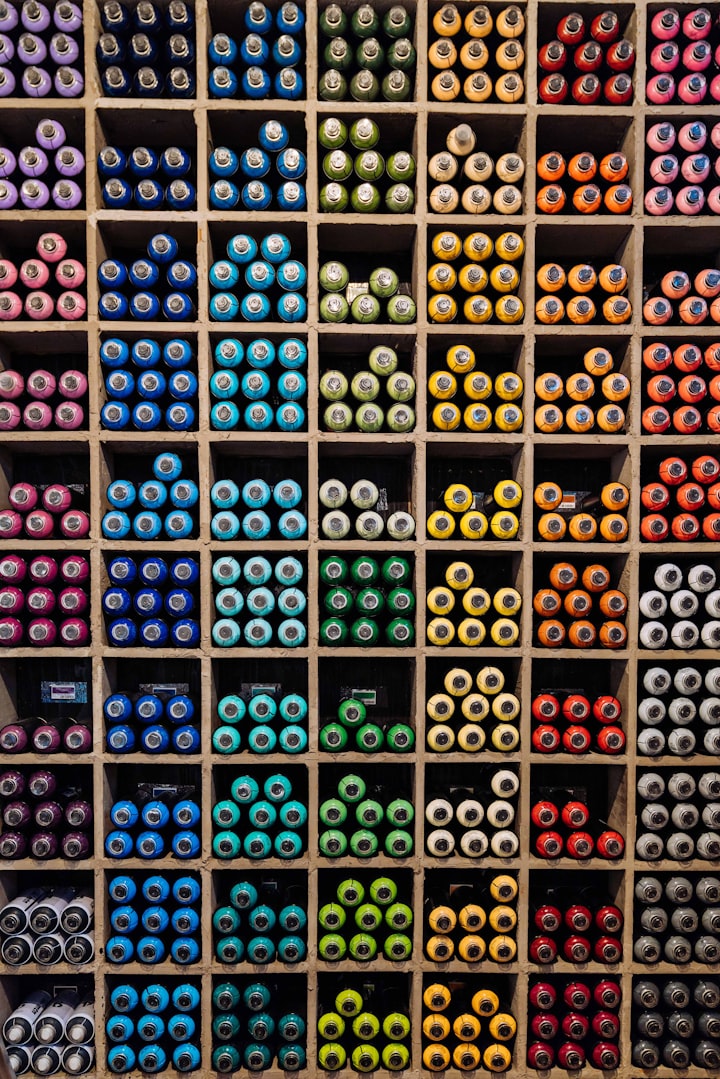Hasdx and Stable Diffusion: Two Powerful AI Image Generation Models
How hasdx and Stable Diffusion, some of the best text-to-image models, stack up across use cases, cost, capabilities, and more.

Generating realistic images from text prompts is an exceptionally useful capability enabled by recent advances in AI. In this post, we'll compare two of the top text-to-image models available today - hasdx and Stable Diffusion - to better understand their strengths, differences, and ideal use cases.
Subscribe or follow me on Twitter for more content like this!
First, some background. Both hasdx and Stable Diffusion leverage deep learning techniques to generate images that remarkably match text descriptions provided by the user. This makes them invaluable for creators, designers, and businesses who want to quickly ideate visual concepts, create prototyping assets, or produce custom images and media.
While their underlying technology is similar, hasdx and Stable Diffusion have been trained on different datasets by different teams, resulting in models with distinct capabilities and strengths. hasdx is currently ranked #1050 on AIModels.fyi while Stable Diffusion holds the #1 spot as the most popular text-to-image model available.
In this post, we'll do a deep dive into each model and then directly compare them. We'll also see how we can use AIModels.fyi to find similar models and compare their outputs. Let's begin.
About the hasdx Model
The hasdx model on Replicate was created by cjwbw, who's created multiple other AI models, like point-e and shap-e. It's optimized for creative tasks like image generation, restoration, and enhancement.

Some key facts about hasdx:
- Model Type: Text-to-Image
- Model Detail Page
- Cost per inference: $0.0165
- Average inference time: 30 seconds
- Hosted on a T4 GPU through Replicate
In plain English, hasdx is designed to generate, restore, and enhance images with a high degree of realism and artistic interpretation. It performs especially well on a range of creative tasks from turning text prompts into stunning visuals to repairing damage in an old photograph. The model is fast, affordable, and accessible through a simple API.
Understanding the Inputs and Outputs of hasdx
Now let's explore how we can leverage hasdx for our own projects. Here are the key inputs and outputs:
Inputs
prompt- The text description of the desired image. This guides the model.negative_prompt- Text specifying what not to include in the generated image.width- Width of the output image in pixels (up to 1024).height- Height of the output image in pixels (up to 1024).
Outputs
- Image URI - The API returns a URI where the finished image can be downloaded. The output is a 512x512 pixel PNG image by default.
By combining text prompts and negative prompts, we can quickly generate a diverse range of custom images with hasdx reflecting our creative vision.
About the Stable Diffusion Model
Developed by Stability AI, Stable Diffusion is the most widely used text-to-image model today. With over 93 million runs, it tops the popularity ranking on AIModels.fyi.

Some key facts about Stable Diffusion:
- Model Type: Text-to-Image
- Model Detail Page
- Cost per inference: $0.0897
- Average inference time: 39 seconds
- Hosted on an Nvidia A100 GPU through Replicate
Stable Diffusion generates highly photorealistic images matching text prompts. The model produces intricate details, lighting, and compositions. It excels at creative tasks from turning ideas into images to generating expansive virtual worlds. The tradeoff is a higher cost and slower speed than hasdx.
Note: you may enjoy this guide on how to run Stable Diffusion online for free and this guide on how to clean up your Stable Diffusion images with Codeformer (or GFPGAN if you prefer).
Understanding the Inputs and Outputs of Stable Diffusion
Here are the key inputs and outputs for Stable Diffusion:
Inputs
prompt- The text description to guide image generation.negative_prompt- Text specifying what not to include in the generated image.width- Width of the output image in pixels (up to 1024).height- Height of the output image in pixels (up to 1024).
Outputs
- Image URI - The API returns a URI where the finished image can be downloaded. The default output is a 768x768 pixel PNG.
By combining text prompts and negative prompts, Stable Diffusion gives us immense creative control over the generated images.
Comparing hasdx vs. Stable Diffusion
Now that we've covered both models, let's directly compare hasdx and Stable Diffusion across a few key factors:
Image Quality
- Stable Diffusion produces more photorealistic, intricate images with consistent lighting and composition. hasdx images tend to be more stylized.
Performance
- hasdx is faster, completing most inferences in 30 seconds. Stable Diffusion takes around 39 seconds.
Use Cases
- hasdx excels at creative tasks like turning sketches into finished art, restoring/enhancing photos, and accelerated ideation.
- Stable Diffusion is ideal for photorealistic concept art, expansive virtual worlds, and commercial work requiring intricate details.
Cost
- hasdx is significantly more affordable at $0.0165 per inference compared to $0.0897 for Stable Diffusion.
In summary, Stable Diffusion generates higher fidelity images while hasdx is optimized for speed and cost.
Finding Similar Models with AIModels.fyi
AIModels.fyi makes it easy to search for models similar to hasdx and Stable Diffusion.
A few pointers for discovering alternatives:
- Use the search bar to find models based on capabilities and keywords
- Filter by model type, cost, run time, and other attributes
- See model rankings and sort by popularity or run volume
This allows us to find models matching our specific requirements. For example, we can search for cheaper, faster alternatives to Stable Diffusion that still produce great results for certain use cases. The powerful sorting and filtering ensure you find the right model for your needs.
Conclusion
In this guide, we explored hasdx and Stable Diffusion - two of the premier AI-powered text-to-image models available today. While Stable Diffusion offers higher image fidelity, hasdx is faster, more affordable, and ideal for creative workflows.
We also explored how AIModels.fyi allows us to easily browse, search, and filter similar text-to-image models based on capabilities, use cases, and performance attributes. This makes it simple to find the right model for our specific needs.
I hope this guide has shed light on the creative possibilities enabled by AI image generation. With the right models and prompt engineering, we can turn ideas into stunning visuals faster than ever before. Subscribe for more updates as new models emerge in this rapidly evolving space!
Subscribe or follow me on Twitter for more content like this!




Comments ()